Dame Barbara Hepworth’s legacy in modernist sculpture is nothing short of revolutionary. Transcending national and disciplinary boundaries, she positioned herself at the forefront of 20th-century art, merging abstraction, material innovation, and a profound dialogue with both nature and human experience. Though deeply rooted in British modernism, Hepworth’s influence was global, reaching audiences through major exhibitions in New York, São Paulo, and Venice, where critics lauded her sculptures for their "universal lyricism" (Bowness 12).
Born in industrial Yorkshire, Hepworth’s formative years were shaped by her father, Herbert Hepworth, a civil engineer who instilled in her an appreciation for structure, and her mother, Gertrude Johnson, who nurtured her artistic inclinations (Clayton 18). Her time at Leeds School of Art (1920–1921) forged a crucial creative rivalry with Henry Moore, both artists pioneering direct carving techniques. Moore would later reflect, “We were both searching for a way to make stone speak with its own voice” (qtd. in Thistlewood 33).
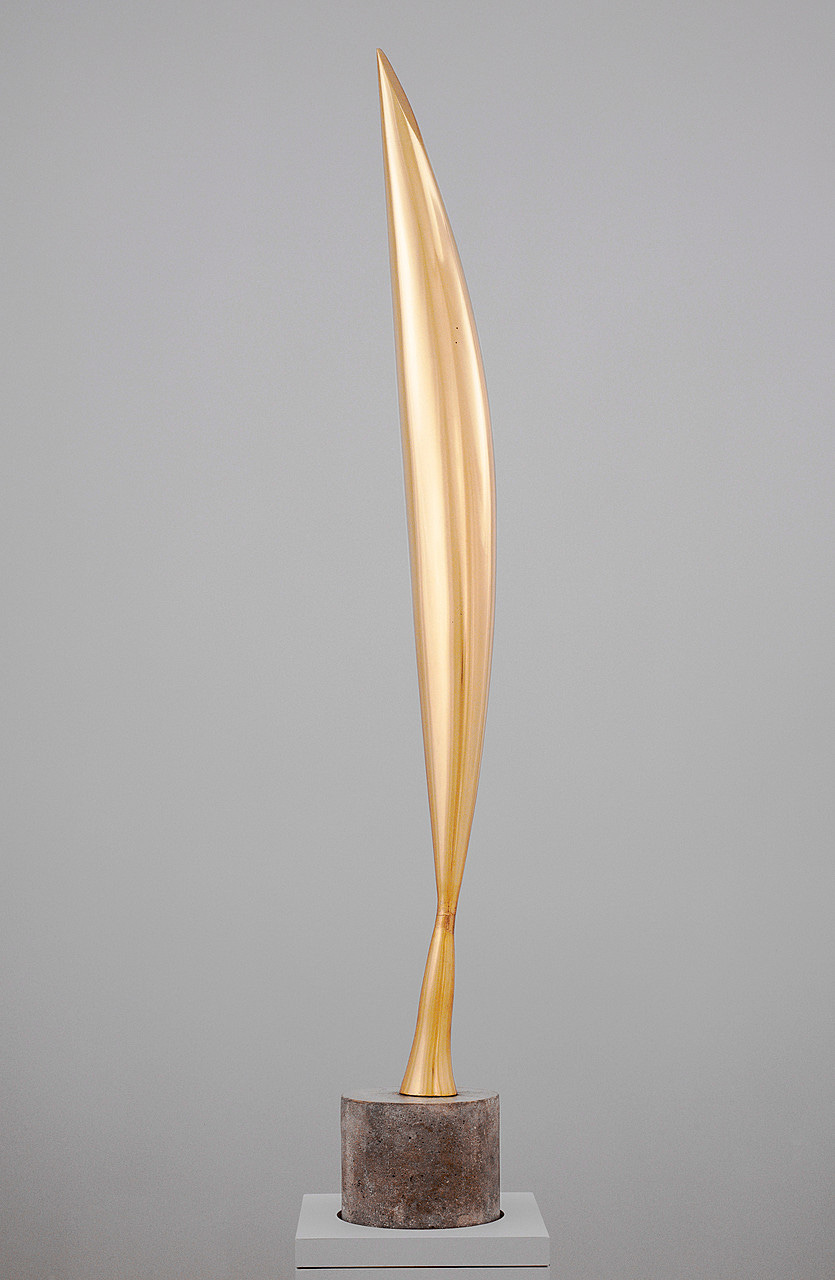
A 1924–1925 West Riding Travel Scholarship took Hepworth to Italy, where she studied Renaissance masterpieces. In Florence, Donatello’s David left an indelible mark on her early figurative works, while encounters with Constantin Brâncuși’s Bird in Space and Pablo Picasso’s Cubist assemblages in Paris catalyzed her shift toward abstraction. Art historian Anne Wagner suggests that Brâncuși’s “radical reductionism taught Hepworth to see the soul within the material” (89).
Hepworth’s personal life intertwined with her artistic development. Following her divorce from John Skeaping in 1933, her marriage to Ben Nicholson deepened her engagement with European avant-garde circles, where she connected with Piet Mondrian and Naum Gabo. Their collaborative efforts, particularly the 1937 constructivist survey Circle, underscored her belief in abstraction as a “universal language” (Stephens 104).

Her ideas matured within the intellectual currents of interwar modernism, rejecting Victorian realism in favor of a distilled visual language. Herbert Read’s The Meaning of Art (1931) deeply influenced her thinking, describing sculpture as a “mediation between human consciousness and cosmic order” (qtd. in Bowness 56). Hepworth echoed this sentiment in her 1934 essay Sculpture, articulating that art should evoke “a state of being rather than a representation” (Hepworth 22). This ethos finds form in Two Forms (1933), where interlocking ovoids suggest both maternal intimacy and cosmic duality.
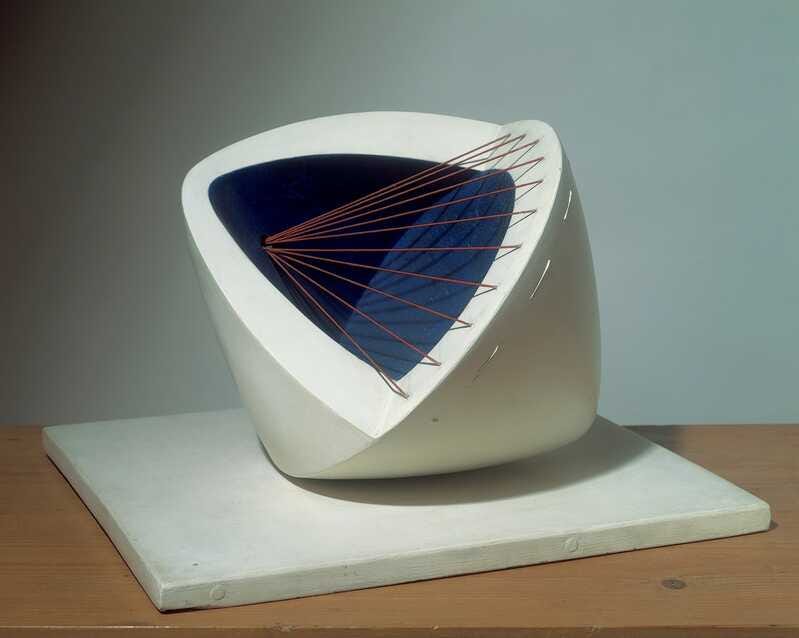
During the late 1930s, Hepworth engaged with Surrealist circles, forging friendships with Roland Penrose and Paul Nash. Her 1940 work Sculpture with Colour (Deep Blue and Red) demonstrates Surrealism’s influence, integrating biomorphic forms and polychromy. David Sylvester observed that Hepworth’s use of color “animates the sculpture’s interior life, making the invisible visible” (qtd. in Clayton 74).
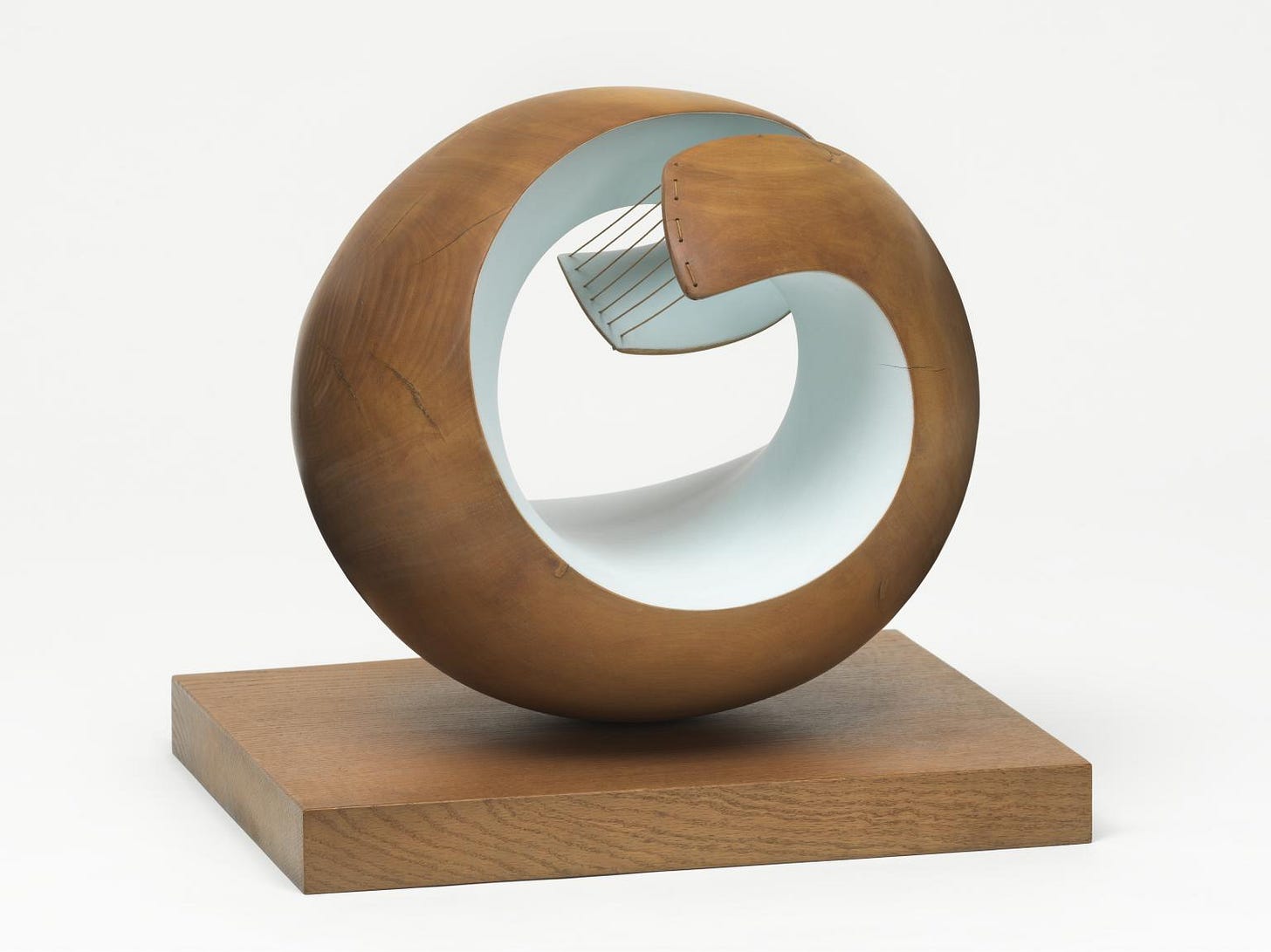
The 1930s also marked a turning point in her technical innovations. Inspired by the wind-eroded cliffs of the British coastline, Hepworth pioneered the “pierced form,” transforming negative space into an active compositional element. Pelagos (1946), carved from elm, features a spiraling cavity strung with tensile wires, evoking the “cyclical motion of sea and sky” (Hepworth 41). As conservator Penny Baker notes, Hepworth’s tools (claw chisels, rifflers, and bow drills) were carefully selected to “collaborate with the material’s grain, not dominate it” (qtd. in Hepworth Wakefield).
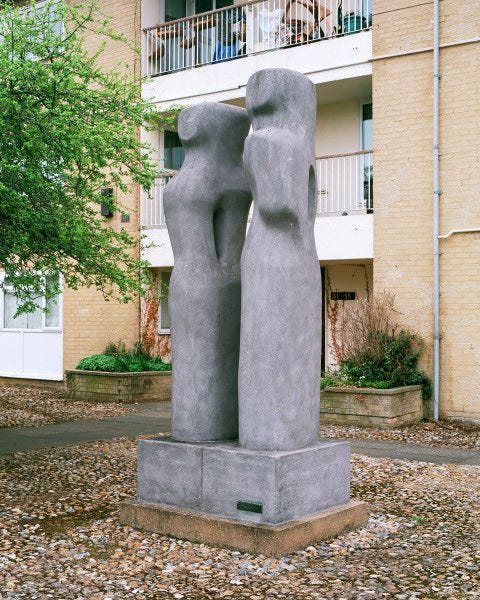

After World War II, Hepworth aligned with the “Geometry of Fear” sculptors, though her work lacked their existential angst. Her 1951 Festival of Britain commission, Contrapuntal Forms, celebrated postwar renewal through rhythmic, abstract figures symbolizing “harmony born from conflict” (Stephens 132). By the 1950s, she had fully embraced bronze casting, pushing her work to monumental scales. Single Form (1964), her 21-foot tribute to Dag Hammarskjöld at the United Nations, embodies this shift. Its monolithic simplicity, critic Jonathan Jones writes, “transcends politics to embody human solidarity” (The Guardian).
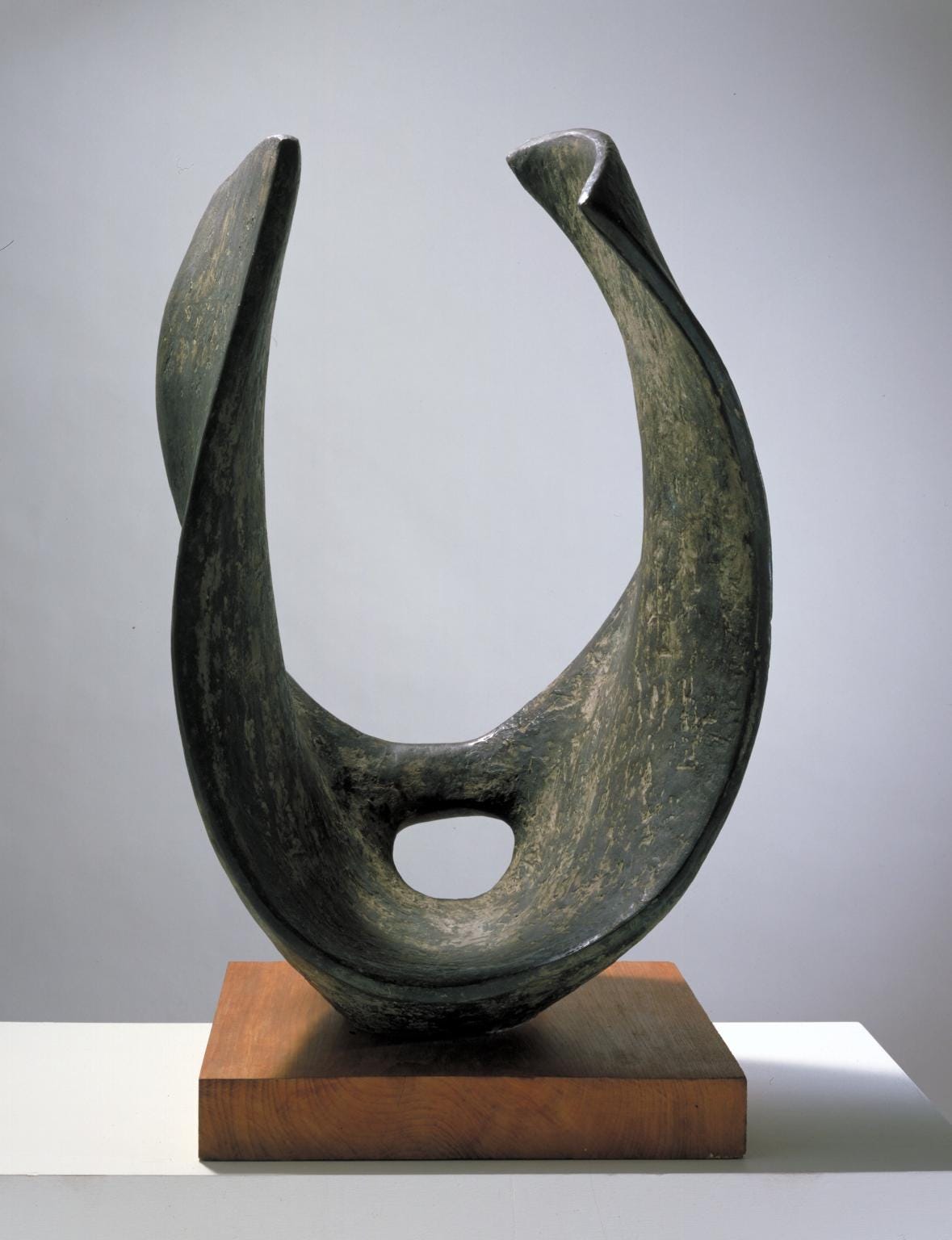
Hepworth’s move to St Ives in 1939 proved transformative. The Cornish landscape, with its rugged geology and ancient monuments, infused her work with elemental power. Curved Form (Trevalgan) (1956) reflects this ethos, its sweeping bronze arc mirroring the region’s weathered tors (Tate). Her Trewyn Studio, now a museum, became a sanctuary for creation, where assistant Denis Mitchell recalled her “uncanny ability to intuit the life within a block of wood” (qtd. in Clayton 122).
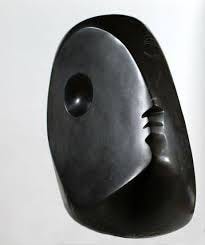
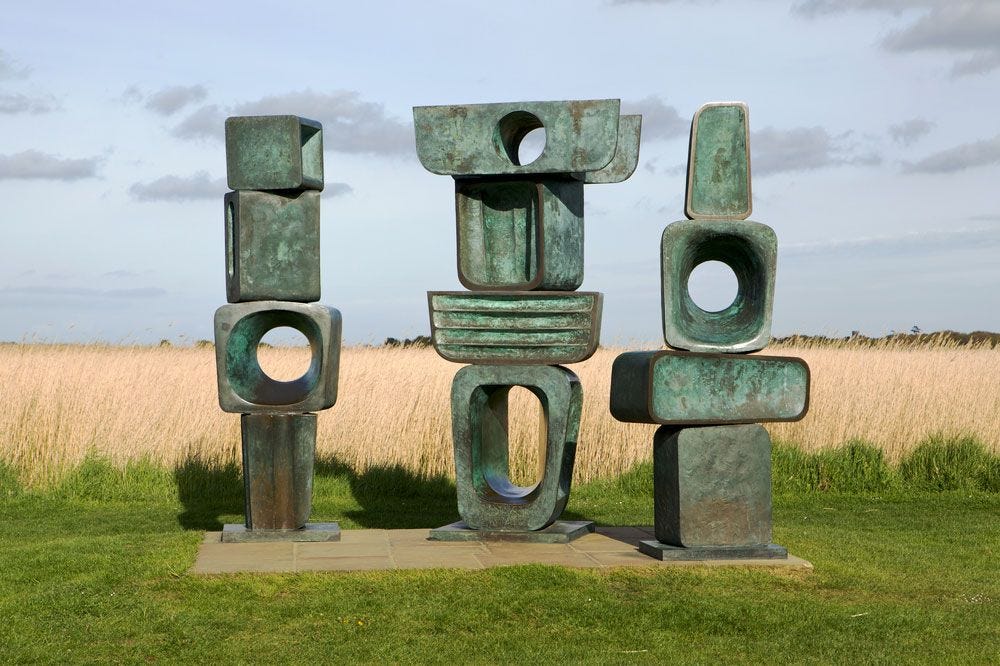
Despite a devastating studio fire in 1966, Hepworth continued to create. Works like the Cosdon Head series (1970–75), with their raw-hewn surfaces, confront mortality with a stark physicality. Her final projects, including Family of Man (1970), fused marble and bronze in an exploration of kinship. Inspired by the births of her grandchildren, the series underscores her belief that “sculpture should touch the core of human connection” (qtd. in Bowness 178).
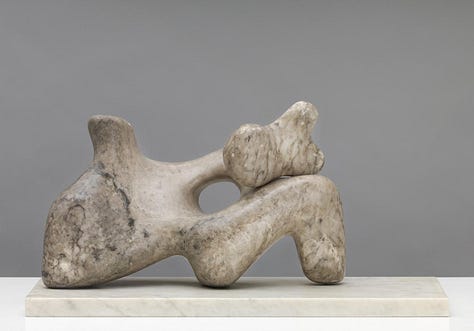
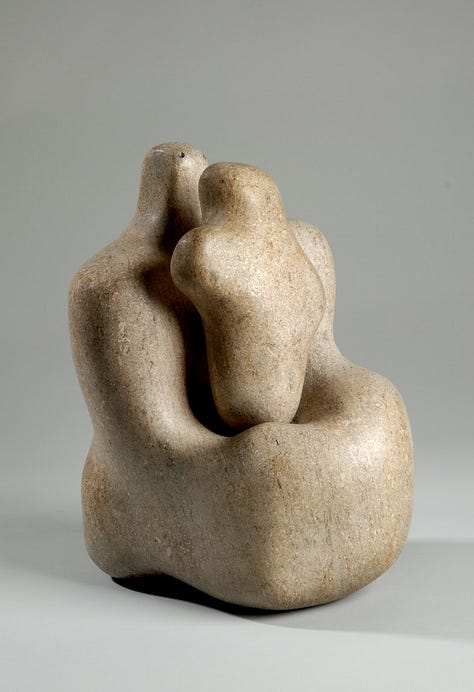

Hepworth’s position as a woman in a male-dominated field remains central to discussions of her legacy. While critics like Read praised her “poetic abstraction,” feminist scholars, including Griselda Pollock, argue that her Mother and Child sculptures challenge patriarchal narratives by centering female creativity (204).
Her influence permeates contemporary art, from Anish Kapoor’s voids to Rachel Whiteread’s reimaginings of negative space. The 2015 Tate retrospective, which drew half a million visitors, reaffirmed her global significance, while The Hepworth Wakefield museum, opened in 2011, anchors her legacy in her Yorkshire roots (Clayton 212).
Barbara Hepworth envisioned sculpture as a bridge between material and spirit, personal and universal. By reimagining form, space, and the relationship between art and viewer, she transformed the language of modernist sculpture. Her work continues to resonate, an enduring testament to the power of art to transcend time, politics, and human boundaries.
References:
Bowness, Sophie. Barbara Hepworth: The Sculptor in the Studio. Lund Humphries, 2021.
Clayton, Eleanor. Barbara Hepworth: Art & Life. Thames & Hudson, 2021.
Gale, Matthew. Barbara Hepworth: Works in the Tate Collection. Tate Publishing, 1999.
Hepworth, Barbara. A Pictorial Autobiography. Praeger, 1970.
Hepworth Wakefield. Barbara Hepworth: The Hospital Drawings. 2021, www.hepworthwakefield.org.
Jones, Jonathan. Barbara Hepworth: The Artist Who Made Sculpture a Matter of Life and Death. The Guardian, 24 June 2015, www.theguardian.com.
Pollock, Griselda. Vision and Difference: Feminism, Femininity and Histories of Art. Routledge, 2013.
Stephens, Chris, et al. Barbara Hepworth: Centenary. Tate Publishing, 2003.
Tate. Barbara Hepworth: Artist and Legacy. www.tate.org.uk/art/artists/barbara-hepworth-1274. Accessed 19 Jan. 2025.
Thistlewood, David. Barbara Hepworth Reconsidered. Liverpool University Press, 1996.
Wagner, Anne Middleton. Mother Stone: The Vitality of Modern British Sculpture. Yale University Press, 2005.





Amazing
She IS the Master of negative space. Her work to create these negative spaces in the most indomitable materials creates a tension, with or without strung chords, one can feel the stress points. Yet they do not give. They do not falter.
Her workshop/home studio in St. Ives is one of the monumental trips of my life. To live and breathe art. To wake to the jagged shores of Cornwall. To taste the salt in the air.
The distress natural elements offer any surface is akin to a partner in her devices. One feels they all work together in her head and hands, as the wind whipping through the crevices in rocks or the water crushing through between the smallest spaces to wear them gradually, organically, all united in purpose.
Her forms became what nature intended.
Beautiful piece nicely written— it took me back. Brilliant woman. Like no other.